Economic Ores
Economic Ores are earth materials that can be used for economic and / or industrial purposes. These include precious metals, base metals, non-metallic minerals, building stone…….. these Economic Ores such as :
-
Kaolin
One of the strongest types of clay resistant to heat
Moose scale for the labyrinth: 2,5,2
High quality: 2,16-2,68
Uses:
-Cement industry .
– Refractory’s industry .
– Paper and paints industry .
– Ceramic industry .
– Rubber industry .
– Manufacture of paint materials .
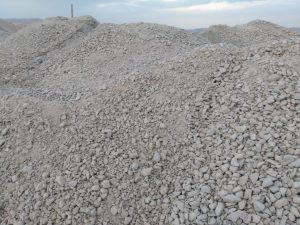
-
Shale
It has many advantages as it is one of the oldest building materials , Shale is divided into three types:
– The main shale (the Original ): which formed by the mechanical and physiochemical weathering of Feldspar rocks
– Transferred shale (secondary): formed because of the exposure of rocks to the effects of running water such as rain or wind
– Red Shale : One of the most famous shale types which containing a high percentage of iron oxides
The most important minerals of the shale :
– Kaolinite Group
– Montmoronite group
Uses :
-
the ceramics industry to make brick, tile, and pottery .
-
cement industry .
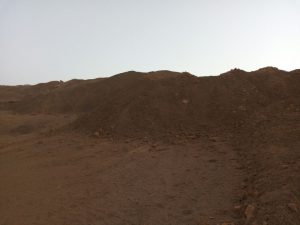
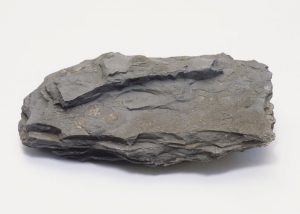
-
Feldspar
It is classified as one of the three metals produced by the chemical decomposition of granite and most feldspar contains both sodium and potassium
Moose scale : 6.0-6.5
specific density: 2,55-2.76
Intensity: 2.56
Uses :
– Glass industry .
– Ceramic industry .
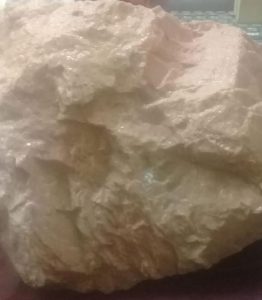
-
Silica sand
The type of silica (SiO2) sand is characterized by physical and chemical properties suitable for the glass industry, the size of the granules are often between 100 – 500 microns and the percentage of iron oxide less than 0.05%
Glass sand is classified into three A-B-C varieties
* (A) for the manufacture of lenses and the silica is not less than 99.0% and iron is oxide not more than 0.003% .
* (B) for the decoration glass industry with a silica of not less than 99.0% and iron oxide not more than 0.013%
* (C) for the manufacture of non-colored lenses and glass containers with a silica not less than 98.5% and iron oxide not more than 0.03%
Uses:
– Ceramic industry .
-
Glass industry .
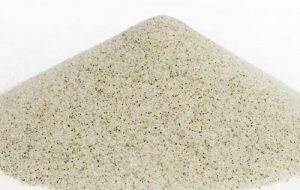
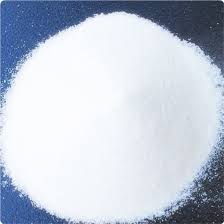
-
Talc
A metal composed of Magnesium silicate and it is a milky , granular , greasy and fibrous mineral .
Chemical formula: Mg3Si4O10
Moose scale of rigidity : 1
Specific density: 2.83 – 2.58
Uses:
-
Ceramic industry .
-
Glass industry .
-
Paints .
-
Plastic industry .
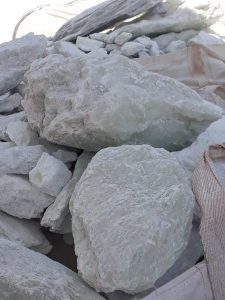
-
Quartz
It is one of silicate minerals, which is a familiar mineral found in many types of rocks and can be found in all acidic rocks , Metamorphic and sedimentary Rocks .
Chemical formula : SiO2
Moose hardness scale: 7
Specific density: 2.63- 2.59
Uses:
-
Glass industry .
-
Installation of gemstones .
-
Ceramic industry .
-
Manufacture of sandpaper paper .
-
Enter the installation of gemstones .
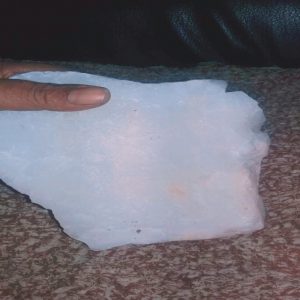
-
Iron Oxides
it is a chemical compound and is in the form of a reddish brown crystalline powder, which is the basic component of rust .
Uses:
-
Used in aluminum mining where aluminum reacts with iron oxide to form free iron and aluminum oxide in heat diffuser reaction.
-
Cement industry .
-
Paintings .
-
Steel plants industry .
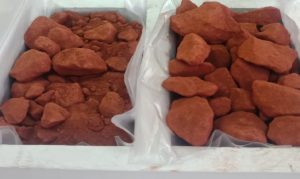
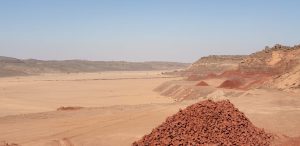
-
Gypsum
The color varies from white , light yellow to yellow .
Its formula: CaSo4.2H2O
Uses:
-
Prevent Portland cement from hardening very quickly.
-
Paint industry.
-
Insulation and plastering of walls.
-
Chalk chalk industry .
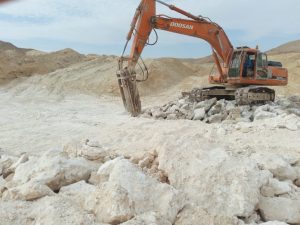
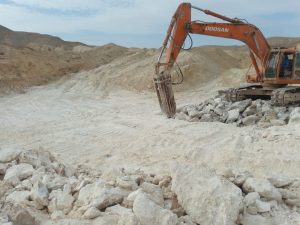
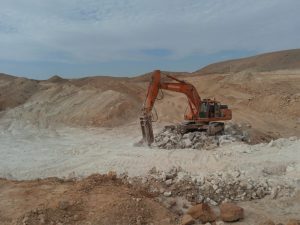
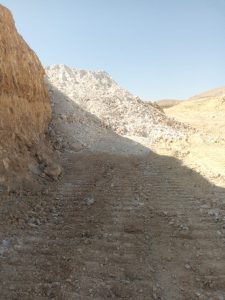
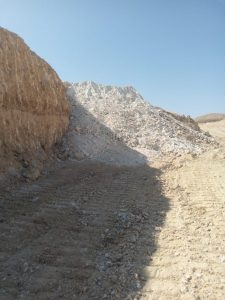
-
Manganese
Synthetic metal structures Mn O (OH)
Specific intensity: 4.3
Hardness : 4
Uses:
-
Bullion industry .
-
Manufacture of stainless steel .
-
Steel industry .
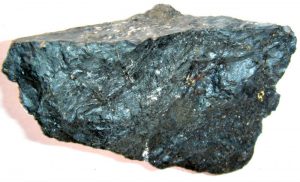
-
Fluorite
A mineral made of calcium fluoride CaF2
Category: Metal
Chemical formula: CaF2
Color: Colorless Although samples are often colored due to impurities.
Moss hardness gauge: 4
Uses:
- For decoration
- In the steel industry
- In making dazzling glass (sparkling as opal and changing its colors).
- Glass coating industry for cooking pots.
- Hydrofluoric acid industry
- Manufacture of high-powered lenses for telescopes and cameras
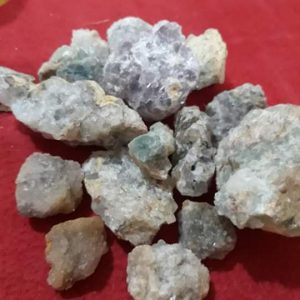
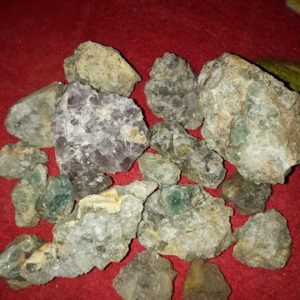
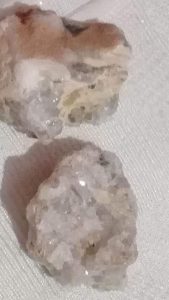
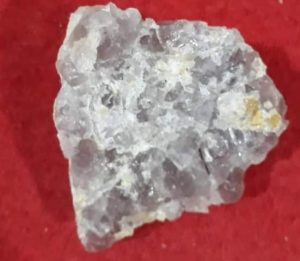
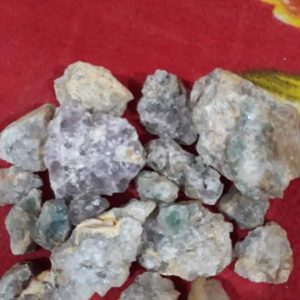
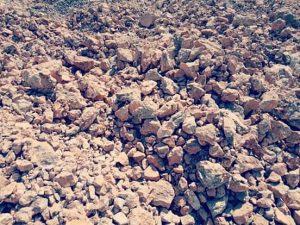
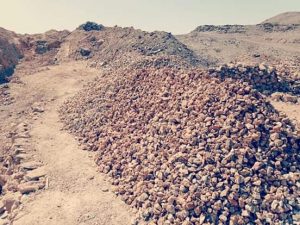
-
Barite
Barium sulphate is a composite metal, and barium is often white and brown, mixed with Anglesite and Celestin.
Chemical formula: BaSO4
Ingredients: Barium Sulphate
Hardness: 3
Gravity quality: 4.42
Uses :
-
The manufacture of paper and rubber
-
Barite is also used in radiology for x-rays of the digestive system.
-
When crushed, it is added to mud to form barium mud, which is poured into oil wells during drilling.
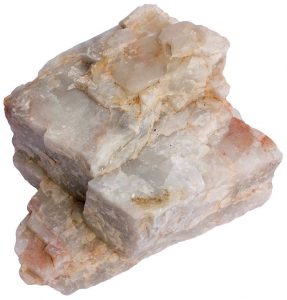
-
Calcite
Calcite is a carbonate mineral and the most stable polymorph of calcium carbonate (CaCO3). The Mohs scale of mineral hardness, based on scratch hardness comparison, defines value 3 as “calcite”.
specific gravity : 2.71
Color : white or none, though shades of gray, red, orange, yellow, green, blue, violet, brown, or even black can occur when the mineral is charged with impurities.
Uses :
-
glass industry .
-
steel industry .
-
calcite is mixed with the concrete materials for the manufacture of Portland cement .
-
calcite is mixed with the sand to make mortar.
-
There is a type of very calcite calcined called “Spar Iceland”, used in optical instruments such as polarized microscopes.
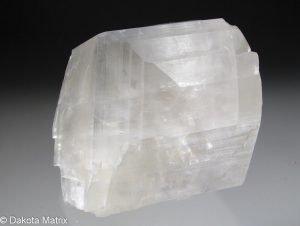
-
Bentonite
The different types of bentonite are each named after the respective dominant element, such as potassium (K), sodium (Na), calcium (Ca), and aluminium (Al).
Bentonite usually forms from weathering of volcanic ash, most often in the presence of water.
Uses :
-
In drilling mud .
-
As a binder (e.g. foundry-sand bond, iron ore pelletizer) .
-
Purifier.
-
Absorbent (e.g. pet litter) .
-
As a groundwater barrier.
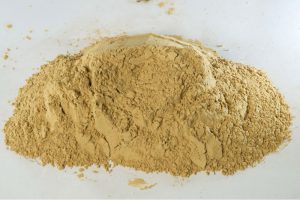
-
Alabaster
Alabaster is a mineral or rock that is soft, often used for carving, and is processed for plaster powder. Archaeologists and the stone processing industry use the word differently from geologists. The former use is in a wider sense that includes varieties of two different minerals: the fine-grained massive type of gypsum and the fine-grained banded type of calcite. Geologists define alabaster only as the gypsum type. Chemically, gypsum is a hydrous sulfate of calcium, while calcite is a carbonate of calcium.
Both types of alabaster have similar properties. They are usually lightly colored, translucent, and soft stones. They have been used throughout history primarily for carving decorative artifacts .
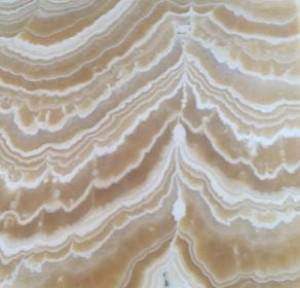
-
Dolomite
is an anhydrous carbonate mineral composed of calcium magnesium carbonate, ideally CaMg(CO3)2. The term is also used for a sedimentary carbonate rock composed mostly of the mineral dolomite. An alternative name sometimes used for the dolomitic rock type is dolostone.
Uses :
-
As an ornamental stone .
-
As a concrete aggregate .
-
As a source of magnesium oxide, as well as in the Pidgeon process for the production of magnesium.
-
Where calcite limestone is uncommon or too costly, dolomite is sometimes used in its place as a flux for the smelting of iron and steel.
-
Large quantities of processed dolomite are used in the production of float glass.
-
In horticulture, dolomite and dolomitic limestone are added to soils and soilless potting mixes as a pH buffer and as a magnesium source.
-
Dolomite is also used as the substrate in marine (saltwater) aquariums to help buffer changes in pH of the water.
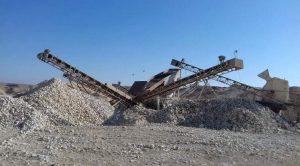
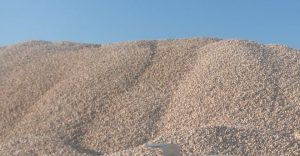
-
Calcium carbonate that used in sugar industry .
The sugar industry uses limestone in sugar refining operations. Limestone from limestone roasting works to increase the alkalinity of the sugar solution, leading to the deposition of a paste that is then injected by carbon dioxide into calcium carbonate formation.
The following table describes the chemical specifications of the limestone used in the sugar industry:

-
Organic – S – clay
SiO2 %
Al2O3%
MgO%
CaCO%
traces
>1
>1
>1
<96
-
Rock salt that melts ice .
Rock salt, also known as Halite, is the mineral form of sodium chloride. Salt lowers the freezing point of water. Small amounts of salt partially melt the ice forming a brine (solution of salt and water). The solution flows under the ice and breaks the bond between the ice and pavement. Rock salt works down to 5°F and helps provide instant traction on snow on ice.
The following table describes the chemical specifications of the Rock salt used in the ice melting :
-
SO4
0.33 ±
Ca++
± 0.06
Mg++
±0.15
Ca SO4
± 0.20
Mg SO4
±0.23
Mg CL2
± 0.40
Cu++
±0.01
K+
± 0.01
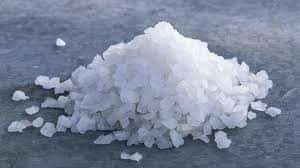
-
Gravels
The gravels applications of the decoration are varied depending on where they are used. These days, there is a tendency to employ certain sizes and forms of tile, whether marble or ceramic, to make strips between 8 and 10 centimeters of tile between floor tiles.
There are many types of gravels in different natural colors to suit the different colors of the floors used.
Small-sized pallets are used in floor tile grafts and there are larger species called ” ostrich eggs ” of large size. This type is used around planting basins and in corners to create a special corner.
A type of gravels is called “sen “, the type used in the production of reinforced concrete, which is a solid form of asphalt, which is processed in special quarries to be consistent in size and give a consistent consistency of concrete.
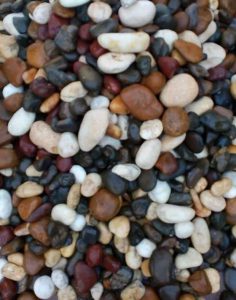



Recent Comments